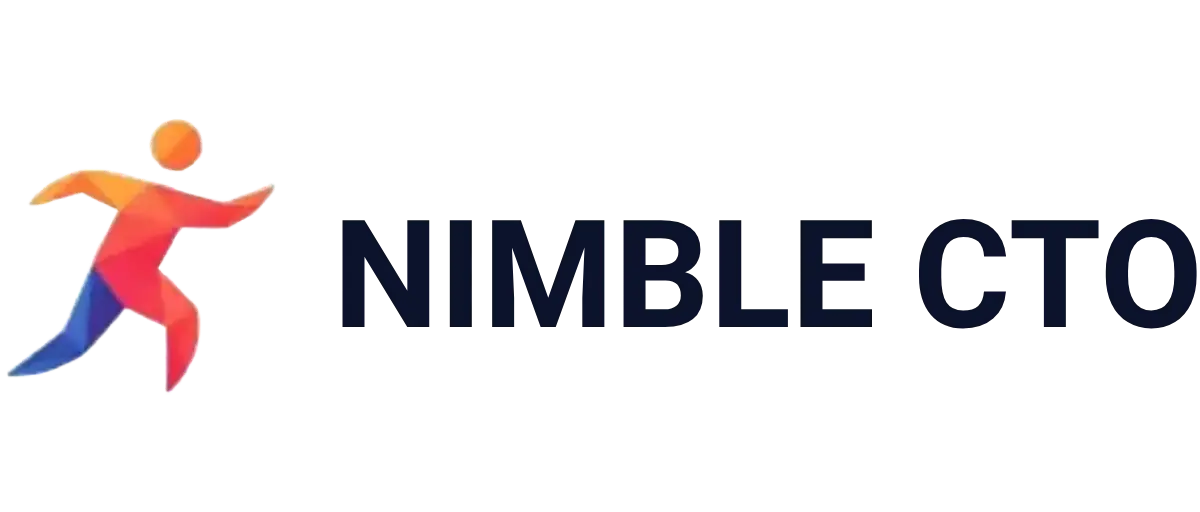A couple of days ago, I got a HDZune. It has come a long way since the original Zunes introduced in 2006. The design, form factor (5.27 × 10.21 × 0.89 cm), weigh (73.7 g) and usability (multi-touch screen, twist interface) is fantastic. I really wanted this gadget because of the 8.4 cm video display; clear and crisp 480×272 pixels. I also like to listen to the radio and this gadget delivers crystal clear HD radio which is not your father’s radio. I love the on device user interface – very simple and makes pinning favorites easy to get to and better than routing around on iTouch menus. The battery life is solid – about 8 hours of video play, 30 hours otherwise. There is social interface that allows you to collaborate with your Zune/XBox360 friends including wireless music sharing, providing you have appropriate digital rights.
The out of box experience was not so great. Step 1. Go to your computer, download and install the client application. Oops, I’m a Mac and I guess Microsoft is conceding that market to the Apple/iTouch kingdom. No problem, I also use Ubuntu. Nope, just Windows. Not great, but I’ll press on and load this up in my VMWare instance which is typically running on my Mac. I spent a fair amount of time adjusting my VMWare configuration to share media in such a way that I didn’t need to duplicate hefty media data for the HDZune client application to auto detect and import – allowing me to keep the HDZune in sync while sometime streaming the same media from the host Mac. Also, I had to make additional adjustments to the VMWare network and firewall configuration to open a path for another HDZune features – wireless sync. While I figured this out, clearly your average Mac user isn’t going to chase all this down; insert typical Microsoft rant here.
I’ve also spent a fair amount of energy building a media center in my house – dedicated wireless network, servers, etc… Naturally, I need to incorporate my new gadget. I picked up the AV-Dock that includes a cradle, remote and two cabling paths. The cabling is supports both HDMI and component output. Unfortunately, you’ll only get 720p HD output via the HDMI and standard 480 through the component path – so I stuck with HDMI.
I’d like the Zune device to support more native media format so I can spend less time converting media:
- JPEG for images;
- WMV(.wmv), ASF (.asf), MPEG4 and H.264 (in .mp4, .m4v and .mov containers) for video. The MPEG-4 and H.264 formats are automatically transcoded to WMV.
- MP3, AAC (.aac, .mp4, .m4a, .m4b, .mov), WMA Pro (2-channel), WMA Standard, WMA lossless for audio.
The online store, Zune Marketplace, is not nearly as good as Apple, but I don’t care about other applications or buying media from the store – this is strictly a portable media gadget and I get most of my media via my home media center. The Marketplace uses a subscription model – download as much as you want every month, permanently keep 10 tracks per month.


![Reblog this post [with Zemanta]](http://img.zemanta.com/reblog_e.png?x-id=d3bf25b7-9784-4a5d-b0be-b09d89ec59ef)
5 Responses
i have become a zune hacking expert… you can fix pretty much anything you don't like.
I don't like that I can't sync with my Mac – got an app for that? (answers involving windows don't count).
open source will lead the way:http://www.zune-online.com/news/zune/zune-on-ma…http://www.wentnet.com/projects/xnjb/it CAN be done, but, unless you want to use your ubunto as an intermediary, time to write a few lines of code 🙂
What are your top 5 hacks, what do they do?
phenomenal question… but needs to be narrowed in scope. are you talking about just zune hacks, windows hacks, web hacks, etc…i've got a lot of hacks. did you read my latest blog entry? that is my newest and most encompassing PC hack, and the possibilities are endless, but i didn't want to list them there….